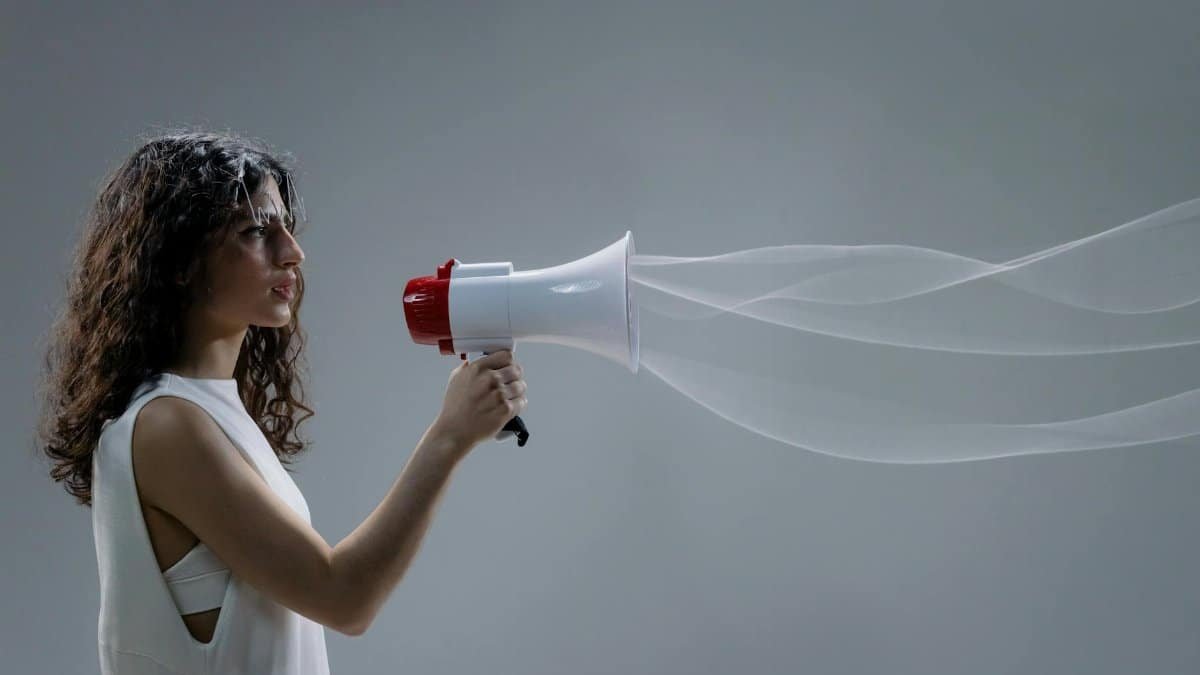In a world buzzing with distractions, new research reveals that 70% of creative professionals credit moments of quiet reflection for their biggest ideas, according to a recent survey by the American Psychological Association. This isn’t just fluff—it’s presence awareness in action, the practice of tuning into the here and now without judgment. As stress levels soar in 2025, experts say embracing stillness could unlock breakthroughs that feel elusive amid constant noise. From entrepreneurs to artists, those who pause report sharper focus and innovative sparks that change everything.
What Presence Awareness Really Means

Presence awareness boils down to staying grounded in the current moment, ditching the mental chatter about past regrets or future worries. It’s not some mystical ritual; it’s a practical tool backed by science. Studies show it rewires the brain, reducing activity in the default mode network responsible for mind wandering. Neuroscientists at Harvard have linked this to better emotional regulation and decision making. For everyday folks, it means noticing your breath during a hectic day or fully engaging in a conversation without your phone pulling you away. The result? Less anxiety and more clarity, making it a go to for mental health pros pushing self care routines.
The Science Backing Stillness for Breakthroughs

Brain scans tell the story: when people practice presence awareness, areas linked to creativity light up. A study from the University of California, published in the journal Frontiers in Psychology, found that mindfulness exercises increased divergent thinking, the kind that sparks innovative ideas. Participants who meditated for just 10 minutes daily reported 22% more original solutions to problems. It’s no wonder tech giants like Google incorporate stillness training; they know innovation thrives in calm minds, not chaotic ones. In 2025, with AI handling rote tasks, human breakthroughs will hinge on this inner quiet.
Real People Seeing Real Results

Take Mark Thompson, a New York based entrepreneur who hit a wall with his startup. After adopting presence awareness through daily walks without his earbuds, he nailed a pitch that secured funding. Stories like his echo across self care circles. A Pew Research report highlights how 45% of U.S. adults now use mindfulness apps, up from 30% five years ago, crediting them for personal growth. It’s not hype; therapists see clients break through long standing blocks by simply sitting with their thoughts. The key? Consistency turns stillness into a habit that delivers those aha moments.
Common Pitfalls and How to Dodge Them

Many dive into presence awareness expecting instant zen, only to quit when distractions creep in. The biggest trap is judging yourself for a wandering mind, which defeats the purpose. Experts advise starting small: five minutes of focused breathing. Research from the National Institutes of Health warns that forcing it can spike stress, so go gentle. Another snag? Overloading your schedule, leaving no room for stillness. Pros suggest auditing your day to carve out quiet slots, turning potential failures into sustainable wins for breakthroughs.
Integrating It Into Daily Life

Presence awareness fits anywhere, from your morning coffee to commute. Try the 4 7 8 breathing technique: inhale for four, hold for seven, exhale for eight. It’s simple and effective for resetting amid chaos. In workplaces, some companies now mandate “stillness breaks” to boost productivity. A report from Gallup shows firms with mindfulness programs see 20% less burnout. For self care, pair it with journaling to process insights that emerge in quiet. As 2025 trends lean toward wellness, weaving this in could be your edge for those game changing ideas.
Why Stillness Beats Constant Hustle

The hustle culture myth crumbles under scrutiny: non stop grinding often leads to burnout, not brilliance. Presence awareness flips the script, proving that pauses fuel progress. Psychologists note that the brain consolidates information during downtime, leading to breakthroughs. Famous examples abound, like Einstein’s theory of relativity bubbling up during a quiet moment. Today, with mental health crises on the rise, embracing stillness isn’t optional—it’s essential. Data from the CDC indicates rising anxiety rates, making tools like this critical for resilience and innovation.
Expert Tips for Getting Started

Begin with apps like Headspace or Calm for guided sessions. Set reminders to check in with your senses throughout the day. Therapists recommend body scans: lie down and notice tension spots, releasing them one by one. Build up to longer periods as comfort grows. Remember, it’s about observation, not perfection. With practice, you’ll notice shifts—clearer thoughts, better sleep, and yes, those breakthroughs that seemed out of reach. In a noisy world, this quiet power is your secret weapon.
The Broader Impact on Mental Health

Beyond personal wins, presence awareness is reshaping mental health care. Clinics integrate it into therapy for conditions like depression and PTSD, with promising results. A meta analysis in JAMA Psychiatry reviewed over 200 studies, finding significant reductions in symptoms. It’s empowering individuals to manage their well being without always relying on meds. As self care evolves in 2025, this awareness fosters communities focused on inner growth, proving that true breakthroughs often start in the still spaces we overlook.
